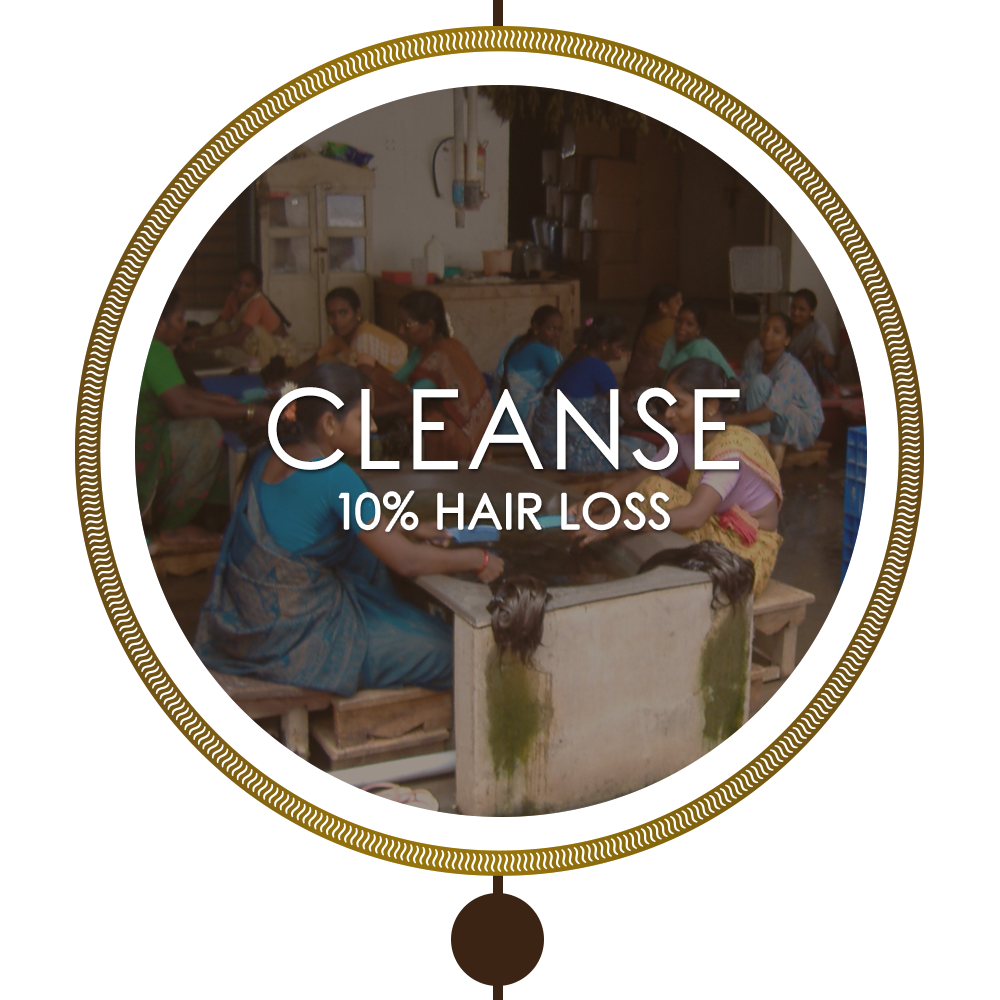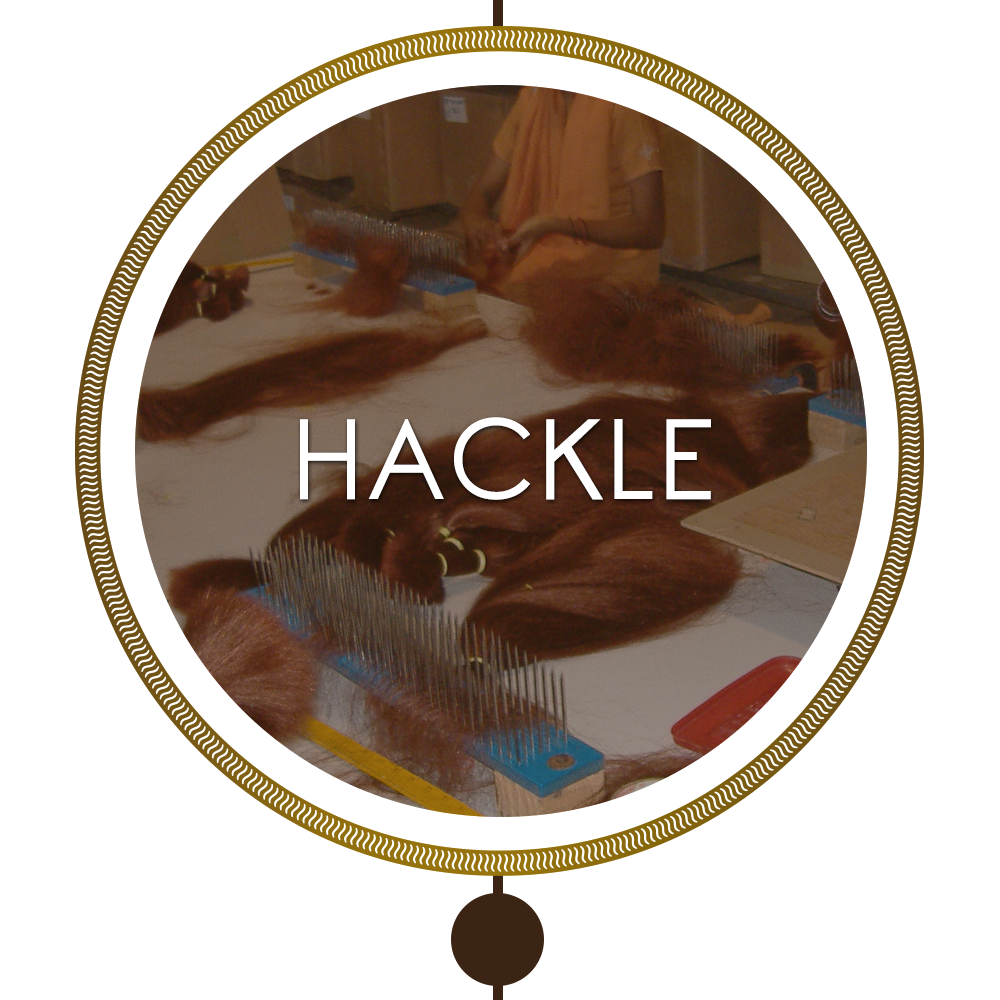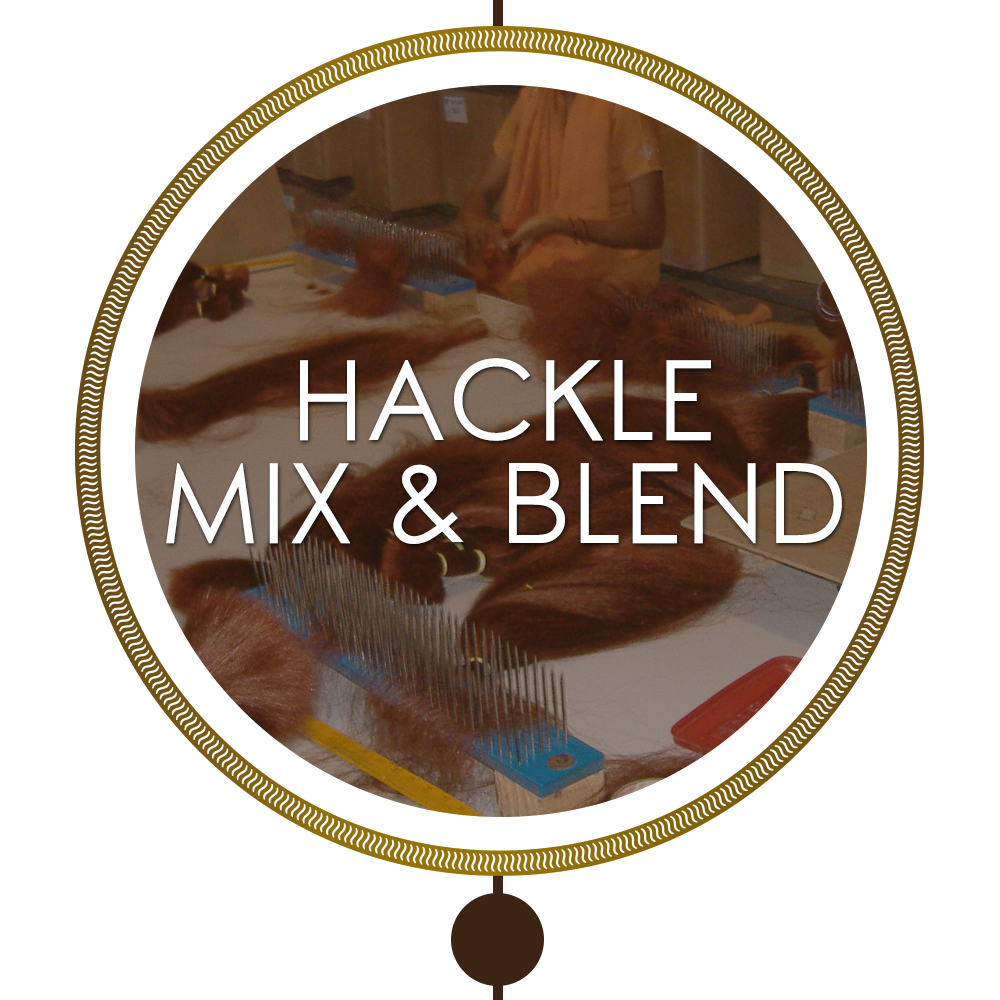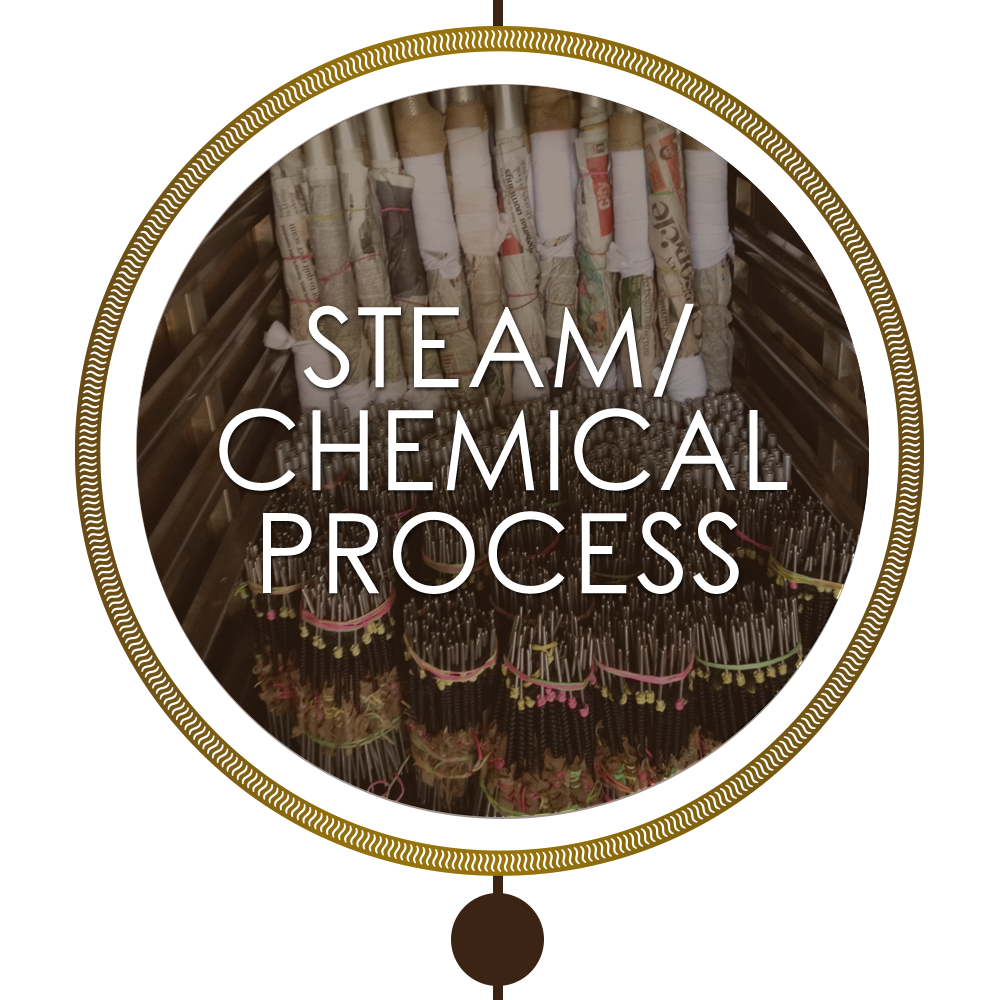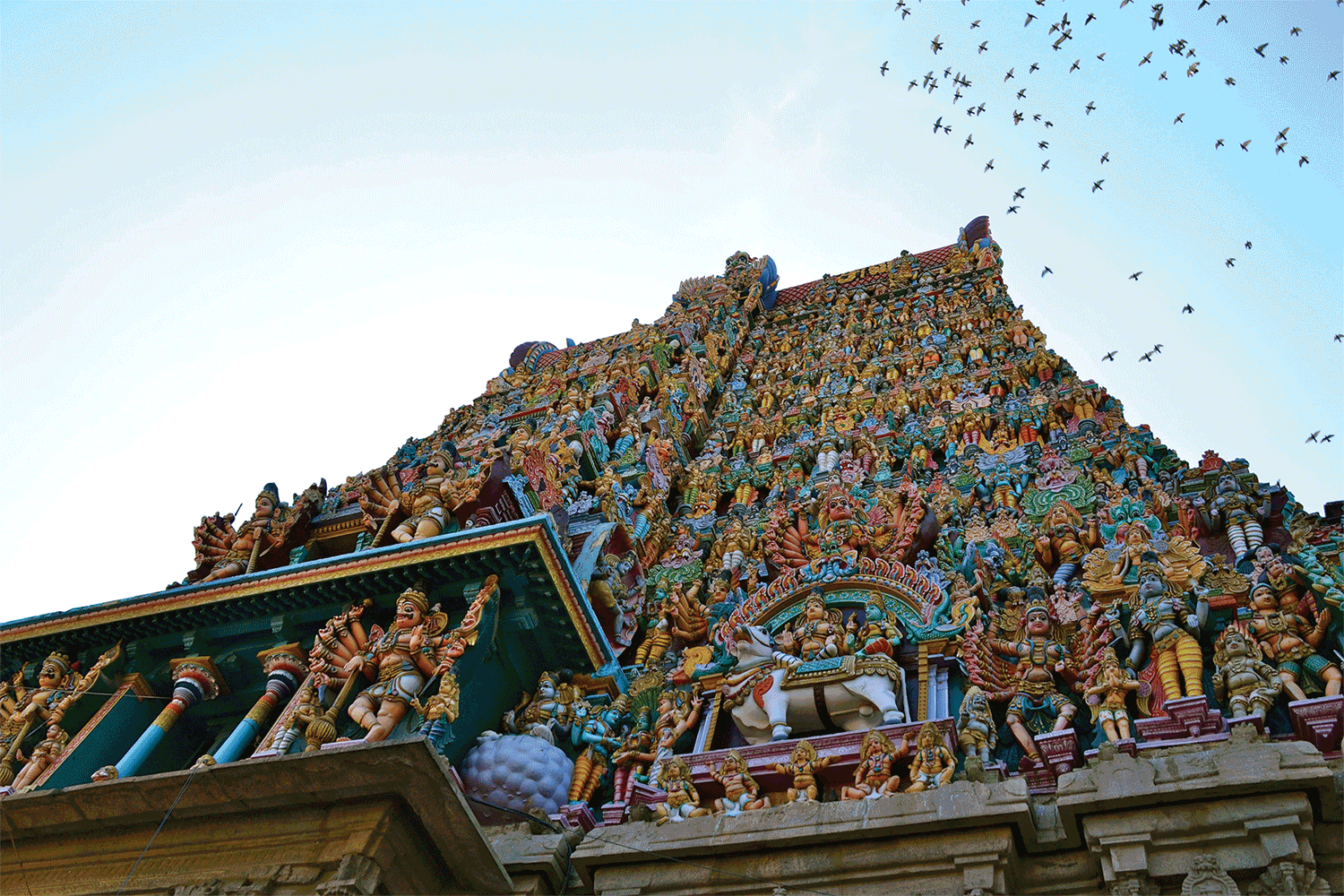
Welcome to the Remy Hair Importers Association of America
RHIAA was established in 2016 to promote the use of genuine unprocessed human hair products and to protect the interests of manufacturers, retailers, and consumers of these products. Our objective is to maintain the integrity of remy human hair products through education, information, and industry cooperation. Induction into RHIAA requires laboratory testing of products to confirm quality, purity and authenticity of the remy human hair products being sold, manufactured, or imported by the applicant.
Meet the Founders
Helene Stahl
Founder & CEO of Extensions Plus
With over 40 years of experience in the beauty and hair industry, Helene Stahl founded Extensions Plus in 1988 with the inspired purpose of creating superior quality hair pieces and wigs that promote beauty and confidence in women around the world.
Extensions Plus is one of the most highly respected and recognized brands—nationally and internationally and is well known as an innovator and provider to clients (both nationally and internationally) of the finest grades of Remy Indian, European, and Italian hair.
“Creating a product that enhances women’s lives is the most memorable part of my work, making them feel happy and beautiful is the most rewarding!" -Helene Stahl
Krishan Jhalani
Managing Director of Indique Hair
Combined with 15 years of financial and global business management experience & incredible knowledge of the beauty Industry, Krishan Jhalani, Co-Founder & Managing Director of Indique Hair, knew that there was a need for a luxury hair extension company that could reach global success.
Founded in 2007, Indique Hair is an internationally known hair extension brand with retail stores across the United States and distributors throughout the United States, Europe, Asia, Africa and Central America. Indique Hair provides 100% remy human hair that is completely natural and of the highest quality.
Directing Indique from both its corporate headquarters in Boston, MA and in it's international office in New Delhi, India, Krishan focuses primarily in product sourcing and development, complex international supply chain management, financial management, and both domestic and international sales channels.
Current Members of RHIAA
The following companies are certified members of RHIAA, having passed the required product tests to prove authenticity of their retail remy hair products. Contact us to learn more about joining.
MTG INTERNATIONAL
MTG is one of the largest manufacturers of premium human hair products in the industry. As a leading supplier and exporter, MTG makes it their business to source the finest quality hair available.
EXTENSIONS PLUS
With over forty years of experience in the entertainment, hair and beauty industries, Extensions Plus is one of the most highly respected and recognized brands—nationally and internationally.
Apply for More Info
Please contact us to find out more about joining RHIAA.
How is Remy Hair Processed?
SOURCE: 90% of Remy human hair is sourced directly from the temples of South India where devotees shave their heads as a sign of deference, humility and devotion. Shaving ones’ head represents an act of humility by forsaking beauty and vanity, which is understood to be ego.
When the barbers at the temples shave the heads of women with long hair, they are very careful to tie the hair at the root in order to keep all the hair flowing in the same direction. This one simple step creates the difference between Remy and Recycled. The hair is then bagged and prepared for auction.
SORT: Once the manufacturers receive the Remy human hair from the temples, it must be cleansed of dirt, lice, henna, oil, and any other impurities. Gray and colored hair are also removed. Any rejected hair is then exported with Recycled hair to China and Brazil. 30% of the hair is lost during this sorting.
CLEANSE: 10% of the hair is lost during the first cleansing.
CATEGORIZE: After being cleansed the hair is categorized by its natural texture: straight, wavy, or curly.
HACKLE: After hair is categorized, it is hackled. A hackle is a metal plate with rows of pointed sharp needles used to detangle, blend and prep hair to be either single or double drawn. During this process any strands shorter than 4 inches are removed. 5% of the hair is lost during hackling.
WEFT: Wefting can be done either by hand or machine. Most extensions are machine wefted. After stitching, the hair must be brushed to remove any lose strands. During wefting if any strands fall, it can not be used for Remy hair production.
CLEANSE: If any strands became inverted during the wefting process, they typically would react and tangle during the second cleansing. Another 5% of the hair is lost during the second cleansing.
STEAM / CHEMICAL PROCESS: Some pieces will be designated for color processing or a new pattern can be created with the use of chemicals or steam chamber.
AIR DRY: The hair is laid out to dry naturally.
How is Recycled Hair Processed?
COLLECT: When Indian women brush their long hair they keep all the hair that sheds into the brush or comb. That hair is sold to local collectors who sell these hair balls to manufacturers for processing and export. The hair arrives at the manufacturer in huge burlap bags in hundreds of millions of tangled balls.
SORT: Each strand ranging from 4” - 40” is manually sorted by length before it can be cleansed. All the hair is used, including that which many contain lice, color, grey, dirt and oil – anything that can be exported as hair is sold by weight.
HACKLE: Hair is hackled into 500g bundles of equal length and exported.
ACID WASH: Hair is bathed in a sodium chloride wash to remove (shave off) the cuticle.
DYE: The acid wash removes pigment from the hair causing it to be lighter in tone. Manufacturers would either proceed with processing or dye it a natural tone such as 1b.
HACKLE / MIX & BLEND: Hair is hackled to mix lengths; ratio of short to long strands are based on price. At this point manufacturers may blend in synthetic or animal fibers.
WEFT: Typically done by machine for recycled hair.
STEAM / CHEMICAL PROCESS: Some pieces will be designated for color processing or a new pattern can be created with the use of chemicals or steam chamber.
SILICONE: This coating acts as a temporary cuticle layer. It reduces initial tangling but once it wears off, the hair will dry out and begin to tangle excessively.
First Annual Hair Extensions Retailer's Summit
As formal retailers, some of the common pain points for the industry include:
Increasing competition from low-quality Chinese goods sold directly to consumers at manufacturer pricing,
limited access to quality data in the industry and
high barriers to entry for consistent innovation among retailers. Like retailers, manufacturers have little incentive to innovate due to product commodification within a fragmented industry.
Let’s come together to discuss common challenges facing the industry and to outline solutions for addressing shared obstacles.
To be invited, please send us your information in the contact form.
Confirmed participants: Mayvenn, Hair Factory, Extensions Plus, Indique Hair, MTG, Wagman
Invitation only summit for Established Retail Hair Importers
Sponsored by RHIAA and Mayvenn
To register, please apply via the RHIAA.org contact page. In the subject line type SUMMIT
Convened by RHIAA in association with Mayvenn
Human Hair FAQs
+ What is hair made of?
Hair consists of three layers. Comprised of overlapping transparent scales pointing away from the root of the hair, the cuticle is the outermost layer of the hair shaft. The cortext is the second layer- consisting of unique protein structures, which gives hair most of its elasticity and pigment. The medulla, also known as the pith or marrow, is the hollow central core within the hair shaft, which is often absent in fine hair.
In the hair extension industry, the presence of the cuticle is the primary differentiating factor that determines whether or not the hair is virgin human hair. The scales that make up the cuticle layer are instrumental to the importance of the direction of how the strands are wefted. Because of this, many hair companies will strip the cuticle layer in an acid wash. Once the cuticle layer is damaged, the hair strands loose their lustrous shine. A temporary repair to this layer can be done by coating hair with silicone.

+ What is Remy human hair?
To be considered Remy, hair strands must flow in the same direction from root to end. As a result, the hair’s cuticles are facing the same direction and will not interlock.

+ What is Recycled human hair?
When processing Recycled hair, strands end up inverted; facing opposite directions. As a result, there is no uniformity in the direction of the cuticles. When the cuticles rub against each other they interlock and tangle.
+ Where are hair extensions manufactured?
95% of all hair extensions sold in beauty supply stores and online, are manufactured in China. 2-3% is manufactured and exported from India and another 1-2% is manufactured in Brazil and Europe with hair from India.
+ What type of hair are most hair extensions made from?
98% of the world’s hair extensions are made from Recycled hair. Only 2% of hair extensions in the world are Remy human hair.
+ How is Remy human hair sourced?
90% of the Remy Human hair is sourced directly from the temples of South India where devotees shave their heads as a sign of deference, humility and devotion. Shaving ones’ head represents an act of humility by forsaking beauty and vanity which is understood to be ego.
When the barbers at the temples shave the heads of women with long hair, they are very careful to tie the hair at the root in order to keep all the hair flowing in the same direction. This one simple step creates the difference between Remy and Recycled. The hair is bagged and prepared for auction.
The hair is sold at auctions every 3-6 months with 5 Indian exporters purchasing 90% of the hair. Raw Remy human hair sold at auctions in India are more expensive than manufactured Recycled hair extensions exported from China or Brazil.
Once the manufacturers receive the Remy human hair from the temples, it must be cleansed of dirt, lice, henna, oil, and any other impurities. Gray and colored hair are also removed. Any rejected hair is then exported with Recycled hair to China and Brazil.
The separating of the hair causes a loss of about 30%. That means approximately only 70% of raw temple cut hair is salvageable after sorting.
The hair is separated by its natural texture; straight, wavy and curly, then hackled. During this process, strands shorter than 4 inches are removed. The removal of the short hairs account for a 10% loss and included with the Recycled hair exported to China and Brazil. Another 5% is lost when the hair is cleansed and inverted strands are present and cause tangling.
+ How much hair is lost during the Remy Hair process?
30%: Dirt, lice, henna, oil, any other impurities, gray and colored
15%: between the 2 rounds of cleansing and brushing
5%: strands shorter than 4 inches are removed during hackling
The total loss of hair to get a final product is 50%. From 100 pounds of raw temple cut hair, only 50 pounds of hair extensions can be made. Therefore, the cost of the hair doubles.
+ What is South East Asian Remy human hair?
A secondary source of Remy human hair is from Vietnam, Cambodia and small amounts from Laos and Burma. South East Asian hair is collected individually from women unlike India, where hair is auctioned at the temple. Collectors go from village to village looking for women to sell their hair. Usually they can get about 1.5 to 2 ounces per individual. The women do not shave their heads. Instead they cut hair underneath the top layers, giving an illusion of long hair just thinner. Women are paid immediately in cash after having their hair cut.
+ Why does Remy hair have split ends?
Remy hair has split ends because in India, the majority of women do not trim their ends.
+ Why is Remy virgin hair darker near the root and lighter at the ends?
This is one of the most important identifiers of virgin hair. The hair at the roots will always be darker, because of the new growth from the scalp. The ends of the hair have been exposed to the sun over a period of time and therefore will be lightened by its’ rays. Remy human hair from South East Asia will be more consistent in color but still not completely the same. There will not be the naturally lightening of hair at the ends like Indian Remy human hair.
+ Where is the best Remy hair from?
This is a personal choice. Hair from India is typically finer, and silkier with some degree of wave. Whereas hair from Vietnam is thicker and usually bone straight. Hair from Cambodia or Burma is also thicker, but has more natural wave than Vietnamese hair.
+ Why is there so much variation between Remy hair?
All hair comes from different individuals and therefore each piece is unique.
+ Why are there grays in Remy extensions?
Gray hair can be found in most Remy hair extensions. It’s natural to have few to an entire head of gray hair during the course of life. Graying is the result of a gradual disappearance of melanin in hair follicles — melanin is the protein responsible for giving hair its color. During the selection stage, hair with noticeable grays are removed from the production process. However, hair with a few strands of gray will remain within the selected.
Recycled Indian hair has grays mixed into the majority of the collected hair. There is no separation of gray hair by the manufacturer. Gray hairs will be prevalent in all Recycled extensions.
+ How is Recycled human hair sourced?
95% of Recycled hair is sourced from India.
Women in India have very long hair. Long hair is a symbol of beauty. Unlike some cultures, Indian woman do not cut their hair into styles such as layers or bobs.
When Indian women brush their long hair, they keep all the hair that sheds into the brush or comb. That hair is sold to local collectors who sell these hair balls to manufactures for processing/export. The hair arrives at the manufacturer in huge burlap bags in hundreds of millions of tangled balls.
Each strand ranging from 4” - 40” is manually sorted by length before it can be cleansed. One person can separate 7 pounds per day.
All the hair is used, including that which many contain lice, color, gray, dirt and oil – anything that can be exported as hair is sold by weight.
The hair is then hackled into 500g bundles of equal lengths.
India exports over 5 million (5,000,000) pounds of hair every year to China and a smaller amount of 5 hundred thousand (500,000) to Brazil. Therefore, it takes tens of thousands of people to convert these dirty hair balls into hair for export.
+ If Recycled hair can be dyed and washed, why should I purchase Remy hair?
If you purchase virgin Remy hair, you are purchasing hair that has the cuticles intact and has not been damaged or jeopardized through any processing. With Recycled hair, the acid bath directly removes the cuticle on each strand causing significant damage. The silicone bath that would follow is only a temporary fix. Eventually through shampooing and styling, the silicone will wear off and the hair will expand and begin to tangle. Additionally, the acid wash reduces thickness resulting in hair that is more apt to shed from the weft.
Remy human hair can be shampooed repeatedly to remove oils and product buildup. There is no impact or reduction in the quality with general maintenance. The hair will be the same on day 365 as it is on day 1.
+ Why is Recycled hair typically a lighter brown or one flat color?
The acid wash removes pigment from the hair causing it to be lighter in tone. Manufacturers would either proceed with processing or dye it in a variety of natural tones such as 1b.
+ How is Brazilian hair sourced?
Indians who had emigrated to Brazil during the 1970s had uncovered the tremendous demand for virgin hair extensions in Brazil and began importing Remy hair extensions from India. Brazil became the largest importer of Remy human hair from India.
As the volume of imports from India into Brazil grew, so did the news that Brazil was a source for high-quality Remy hair extensions. The Brazilian companies then began exporting the Indian hair as virgin Brazilian hair extensions to many parts of the world, including Europe, Africa, and the US. This was the advent of Brazilian hair extensions in the human hair industry as we know it today.
+ Does length affect where hair is sourced?
India is the only country where lengths 4”-40” is sourced continually. A small percentage of Recycled hair is collected in China and Vietnam but long lengths are scarce and supply is inconsistent.
+ What is hackling?
After hair is sorted it’s hackled. A hackle is a metal plate with rows of pointed sharp needles used to detangle, blend and prep hair to be either single or double drawn.
+ What is the difference between single and double drawn?
In single drawn, the shortest hairs in the bundle near the root area are removed.
For double drawn, hair is hackled so that all strands are approximately the same in length. Double drawn hair is far more expensive because it can take up to eight bundles of single drawn to create one double drawn.

+ How is hair wefted?
Wefting can be done either by hand or machine. Most extensions are machine wefted. During the wefting process a sealant could be applied as a reinforcement to minimize shedding. After stitching, the hair must be brushed to remove any loose strands.
During wefting, if any strands fall, it can not be used for Remy hair production. The hair is collected off the floor and used for Recycled human hair.
+ What is machine wefted hair?
A sewing machine is used to stitch and secure hair to create a track.
+ What is hand-tied wefted hair?
Hand-tied hair is an intricate method used to bind hair together using a series of thread by hand. The functional advantage of hand-tied wefts is that they are very thin in comparison to machine wefted
+ What hair do you find in beauty supply stores?
Beauty supply store hair, if human hair, is Recycled Indian hair, acid washed and colored. The price and quality will vary based on the ratio of short to long lengths within the bundle.
+ Why does certain hair sold through beauty supply stores and online feel so smooth and silky at first and then ruin?
The hair is silky and smooth due to the silicone coating. This coating reduces initial tangling. Once it washes off, the hair will dry out and begin to tangle excessively.
+ Why do some extensions smell like corn chips?
This foul odor is the smell of low grade acid and silicone mixed together. The cheaper the price required by the reseller, the cheaper products Chinese manufacturers use in the production process. If resellers are willing to pay more, the manufacturers will rewash the hair in conditioner to try and remove the processing smell. But that smell never really leaves the hair. The presence tends to remain, even if faint.
+ Why would extensions turn green when dyed or lightened?
It is common in India for women to dye their hair with natural dyes, such as henna to lighten the hair to a red tint. When Recycled hair is collected it is separated between natural colors and gray. However, some of the hair deemed natural will have some henna in it. Because this is not separated out at the collection point, it is pushed through the production process; washed in acid and coated with silicone. During the lightening process the peroxide reacts with the henna and results in discoloration with variation depending on the type and strength of the lightener.
This same process is experienced at times with Indian Remy hair. When the hair is cut at the temples it is not separated by color or texture. Once the hair is received at the factory, the hair must be selected or rejected. On rare occasion, some hair with henna will pass through the selection stage and is approved for wefting.
+ Why would extensions melt when a hot tool is used?
100% human hair will not melt when heat is applied. Extensions will melt if it contains synthetic fibers. Many manufactures that produce Recycled hair will include synthetic fibers to reduce the price of the hair. Most synthetic fibers are not heat retardant and will melt when heated over 200 degrees Fahrenheit. There are some fibers that have a tolerance up to 400 degrees Fahrenheit. However, the fiber will not lift nor shampoo without tangling.
+ What is an indicator that a retailer is not selling Remy hair extension?
If you see Remy hair being sold for less than $100 for 20”, know that it must be acid washed Recycled hair.
+ Why is there red string in extensions?
The red string or any string for that matter is a filler used by Indian collectors of Recycled hair to add weight. Due to the minimal quality assurance of Recycled hair the manufacturers don’t bother to remove it.
+ Why do some manufacturers add synthetic fibers during production?
The synthetic fibers are added to increase the amount of extensions that can be produced therefore reducing production cost for the manufacturer and increase profit.
+ What is Yaki hair:
Yaki has many meanings. The most common use for the term is in reference to a texture that mimics relaxed or pressed African American hair. It is coarser than Indian, Asian or European hair and has a kink throughout.
The original source of Yaki hair was from yak tails. The hair was mixed with human or synthetic hair.
Once it was determined that sourcing from animals was not viable, manufacturers began using a chemical process to generate the Yaki texture. This way is inexpensive but very damaging. A more expensive and less damaging process is to roll hair in big perm rods, wrap in a textured cloth and steam in a high temperature chamber. The the hair will be slightly drier after the steam perming.
+ Why are some extensions very thin at the bottoms and take 4-6 bundles to do a full sew-in?
This is a method Chinese manufacturers use to lower the price and create a natural tapered illusion. Recycled hair is imported in equal length bundles. During wefting manufacturers need to blend different hair lengths together to create the taper look similar to Remy human hair. If they sold the 18” hair with all 18”, the hair would be thick all the way down and very expensive and doesn’t look natural.













